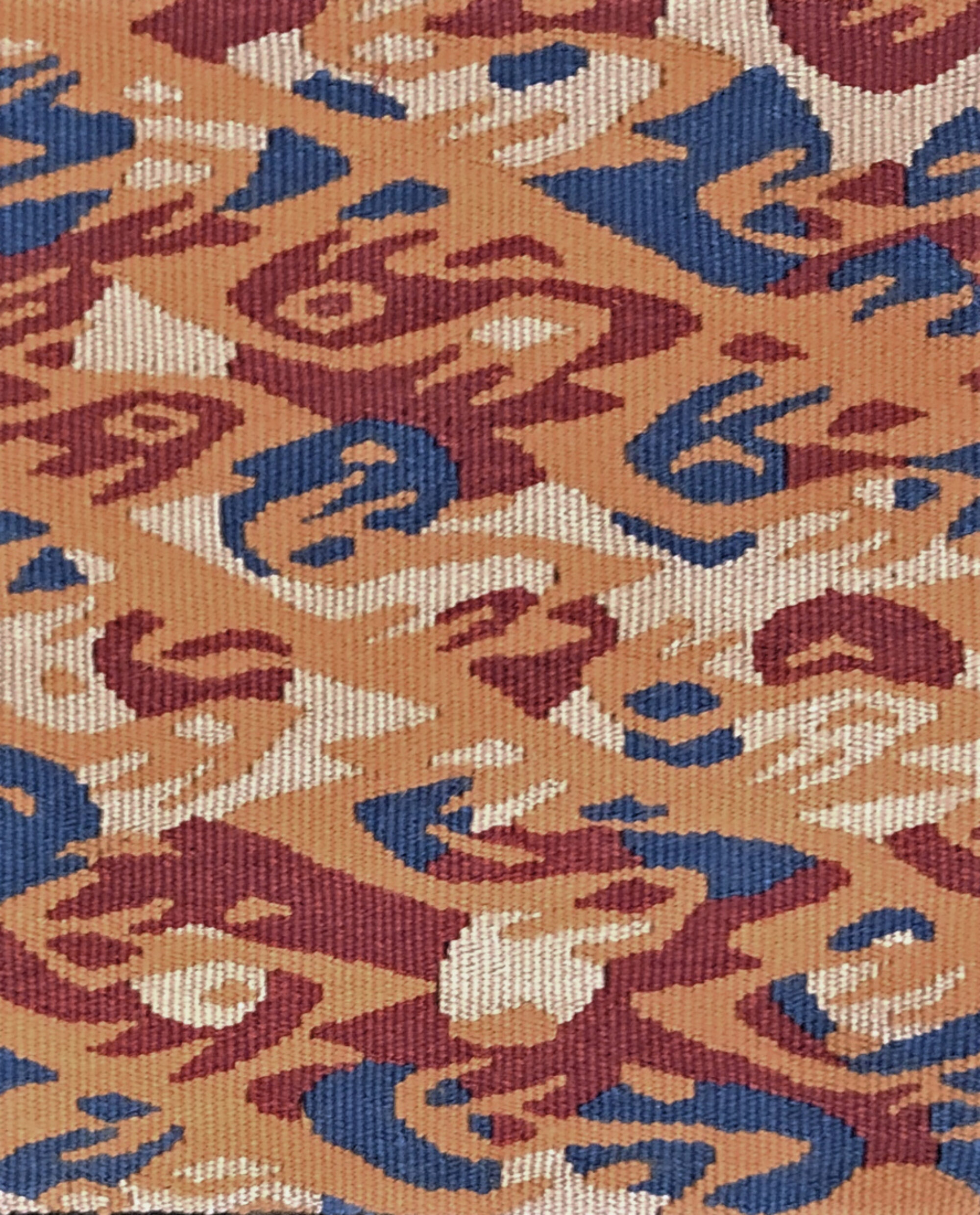This book review was first published in the September 1998 issue of the Seattle Art Museum Native Arts Council Newsletter.
Looking North: Art from the University of Alaska Museum
Aldona Jonaitis, ed., Seattle: University of Washington Press, 1998
Aldona Jonaitis opens Looking North, the newly published volume highlighting the University of Alaska Museum’s collection, by comparing the collection to a “cabinet of curiosity,” those eclectic assemblages of objects compiled by wealthy Europeans in the eighteenth century. The UAM’s cabinet, however, differs from its more cosmopolitan cousins by focusing on the cultures and environment of Alaska. Athabaskan bead work, Aleut basketry and Yup’ik carving mingle with paintings and photographs by both Natives and non-Natives.
The text involves a series of conversations held between UAM staff and faculty from the University of Alaska Fairbanks. These conversations address issues such as the relationship between a museum’s objects and its visitors, the dichotomies of tourist art and fine art and fine art and craft, the cultural ideology underlying landscape imagery and cultural borrowing between Native Alaskans. The book does not attempt to establish ultimate truths, but instead presents the viewpoints of a number of art specialists. This approach stresses the complexity and openendedness of the topics. For example, a discussion on authenticity elicits comments about the importance of knowledgeable buyers, inter cultural borrowing, the Chinese tradition of reputable imitation and Walter Benjamin’s notion of the “aura” of an object and its degradation in the age of mechanical reproduction.
Because the text is the product of a museum the experience of the viewer resurfaces numerous times. Molly Lee feels that the museum’s propensity to categorize allows a viewer to connect to unfamiliar objects. She points out, however, that categories reflect primarily the viewer’s culture and may disregard the “ambiance in which they [the objects] are created.”[1] Glen Simpson believes that museums can provide information that offers insight into the maker’s culture. The challenge for the museum is to capture its visitors by offering familiar connections to objects while also challenging them to look beyond their own experience.
Because of the book’s thematic arrangement the illustration layout confounds traditional museum groupings such as cultural area, object type or chronological sequence. A Gwich’in Athabaskan beaded sled bag nestles between Theodore Lambert’s 1937 painting of a Yup’ik dance ceremony and Mark Daughetee’s 1990 conceptual photograph. This fluid and unexpected arrangement of the illustrations is one of the pleasures of Looking North. It questions traditional academic boundaries and offers the viewer an opportunity to create new associations between objects.
One of the most difficult consequences of organizing a book as a collection of differing perspectives is providing a conclusion. In Looking North Kesler Woodward, chair of the University of Alaska Fairbanks Art Department attempts to tie the objects together through the notion of “wonder” – of the land, the people and the spirits. Although his discussion is interesting, it seems more like a chapter and not a conclusion to the diverse and challenging topics discussed throughout the text.
End Notes
1 Molly Lee, Looking North: Art from the University of Alaska Museum ed. Aldona Jonaitis (Seattle: University of Washington Press, 1998) 89.
